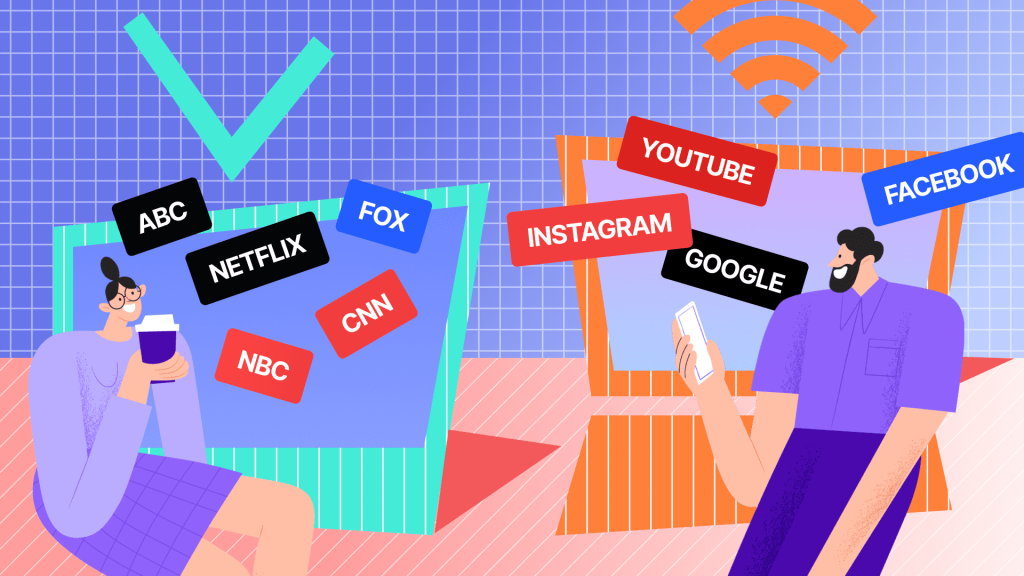
Pros and Cons of Marketing
Marketing, in simple terms, is the act of connecting with potential customers to encourage them to buy a product or service.
In general it has much more benefits than drawbacks. Even though marketing activities are costly and time-consuming, they increase brand awareness, bring new clients and stimulate the company growth if done right. Marketing spends shouldn’t actually be seen as costs, but rather as investments that usually pay off in the long term.
AI-Powered Marketing Budget Validation of Primary Go‑to‑Market Strategy
Find out how many customers you can acquire with your marketing budget.
Ultimately, it’s like a game of chess. You can win the game by understanding how to move each piece effectively and strategically. To do that, you need experts and advanced analytical tools. Professional marketers will build a suitable strategy based on the company objectives and analyze campaign performance using measurement solutions.
Without promotion a brand won’t grow, but using random or even all existing media channels won’t get you far either. As such, you’ll want to consider the pros and cons of different marketing approaches before embarking on any campaign.
Traditional marketing strategies
These have been around for a long time. They include TV and radio advertisements, brochures, print ads in newspapers and magazines, direct mail campaigns, trade shows, billboards and more. While traditional marketing is becoming overshadowed by digital, research shows that the top five trusted forms of ads are all traditional.
Pros:
- They may be more effective for reaching older generations who are not as familiar with newer digital methods.
- They are more sustainable and don’t require an ongoing stream to capture attention.
Cons:
- They can require a significant financial investment upfront.
- They are not flexible and little can be changed after media deals are concluded.
- It may be difficult to accurately track the success of traditional channels.
- They can be outdated and may not reach customers as effectively as newer, more modern methods.
Digital and online marketing strategies
They make use of the internet, social media and other digital platforms to reach customers. With social media expected to see 5.85 billion users by 2027, there’s no denying the power of tools such as search engine optimization (SEO), pay-per-click advertising, email campaigns, influencer marketing and more. Despite the challenges caused by data privacy related changes digital marketing offers a wide range of opportunities to connect with customers in a creative and innovative way.
Pros:
- They can be more accessible than traditional methods.
- They are often easier to track with analytics tools such as Google Analytics.
- It is easy to target specific demographics through certain channels like social media.
Cons:
- They require ongoing investment to stay up-to-date with trends.
- The competition online is often fierce, and it may take some time for a campaign to gain traction.
Pros and cons of content marketing
82% of marketers use content marketing. It’s a strategy that involves creating and distributing content to target customers to educate them about the product or service being offered. Think articles, videos, podcasts, infographics and more.
Pros:
- It can be more cost-effective than other forms of promotion.
- The success of a content marketing campaign can easily be tracked using analytics tools like Google Analytics.
- It has the potential to reach wider audiences through social media sharing and search engine optimization.
Cons:
- It can require significant dedication and time to create the content.
- It can be challenging to measure and attribute its success without data.
Easy tips to maximize results and reduce marketing budget
No matter what type of marketing strategy you are using, it’s important to make sure that you are maximizing its potential by:
- Using special tools and services to estimate the contribution of each marketing channel. AI-based marketing mix modeling demonstrates effectiveness and accuracy when measuring the performance of both online and offline channels as well as their mutual influence on each other. This solution relies on aggregate data for its analysis thus complying with the GDPR and other privacy regulations.
- Adapting the strategy to the target audience and setting realistic goals.
- Creating content that appeals to customers, not just algorithms.
- Regularly analyzing results to make any adjustments needed for success.
These tips can help you reduce your marketing budget while achieving the desired results. With a strong team and reliable tools it’s possible to maximize the advantages of marketing and avoid drawbacks and channels that don’t get you the needed KPIs.
AI-Powered Marketing Budget Validation of Primary Go‑to‑Market Strategy
66% of companies use AI for their sustainability goals. Do you want to try?



